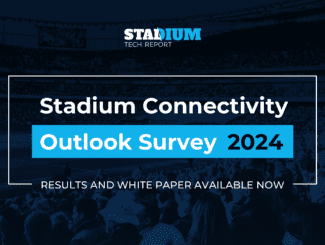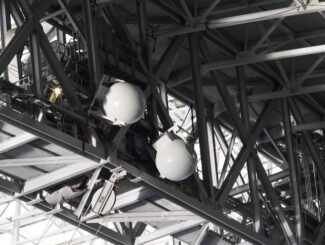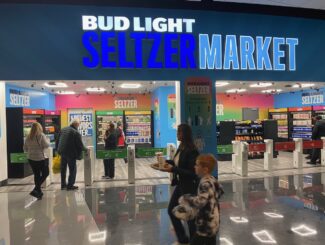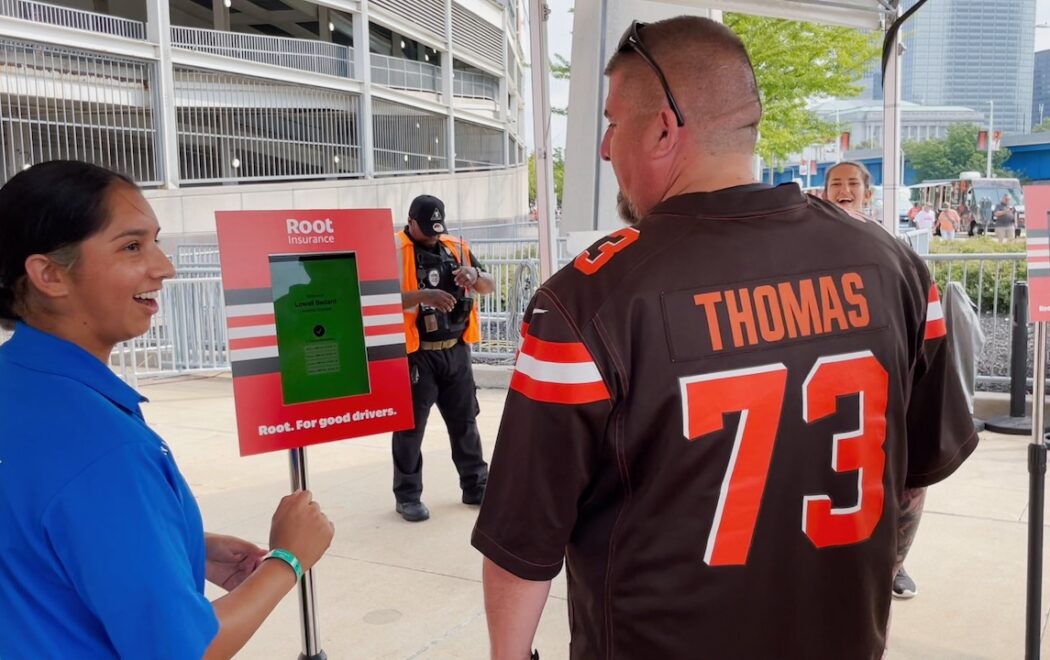
If staffing is the biggest concern facing stadiums and venues right now, how can technology help? So far, we’re already seeing many stadiums using new technologies to help cope with the staffing shortages — with changes we are guessing are here to stay.
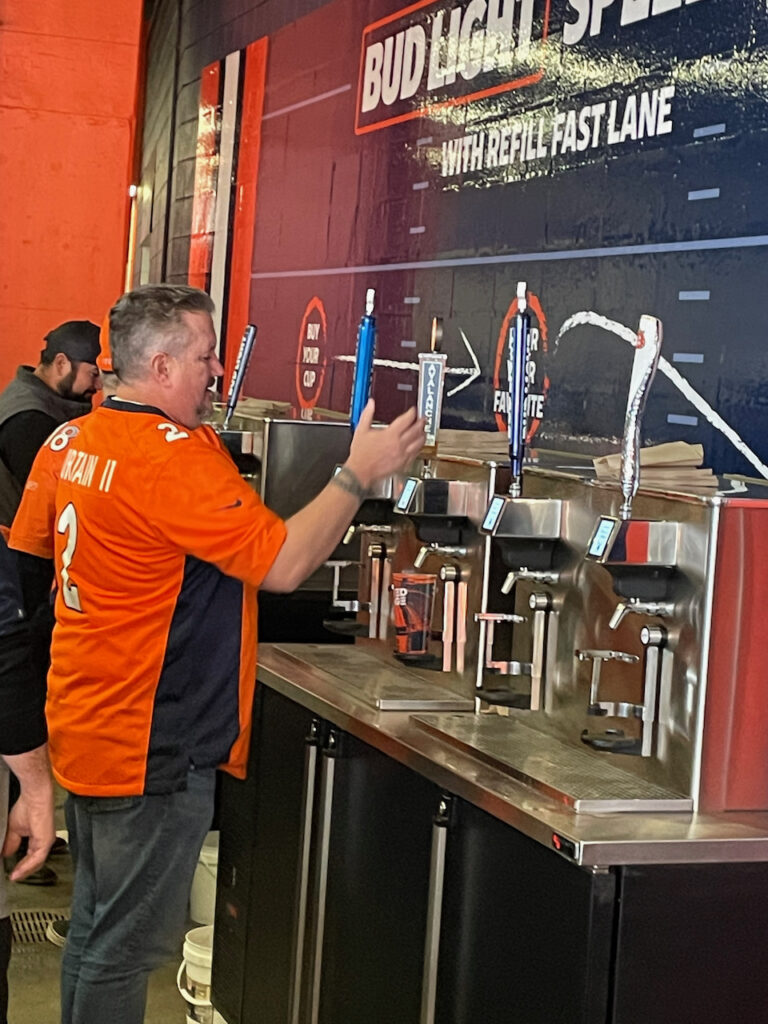
If you haven’t yet downloaded our results and white paper from our 2022 Stadium Connectivity Outlook Survey, you should do that now. One of the more interesting year-to-year comparisons came in a question about top concerns venue IT operators might have. Last year, as no huge surprise, dealing with the Covid pandemic was the top concern.
But this past year, with Covid issues greatly diminished, a new concern rose to the top of the list as stadiums started refilling again: Trying to find enough people to staff all the necessary jobs it takes to open the doors on any venue, from ticketing to security to concessions and everything in between.
While Covid as its own concern was far down the list this year, repercussions from the pandemic are no doubt a big part of the staffing shortages. In the midst of a lot of people leaving lower-paying jobs for better-paying, work-from-home opportunities, it’s perhaps no surprise that stadium jobs — many of which are on the lower end of the pay scale and also very part-time and at undesirable work times (nights and weekends) — are less attractive. So how can (and did) stadiums react?
Let the fans do the work
The most obvious shift we’ve seen to address the staffing shortage is a wholesale move to as many self-serve procedures as possible, starting with stadium entry. Security scanning, which used to almost always require fans to stand in front of someone and empty pockets into bins before going through metal detectors, is now morphing into a much more contact-free encounter.
New technologies in the security scanning space from companies like Evolv, CEIA, and Xtract One (a company that just changed its name from Patriot One) are designed for fans to simply walk through without divesting any items, and for the most part, not stopping unless they trigger a positive security result. While staffers are still needed as part of the equation — and may need a higher level of training since the new scanners don’t conveniently slow people down — pretty much every stadium we’ve talked to with the new equipment says that overall, fewer staff is needed.
Ticketing is also going through a self-serve revolution, with many places now using devices on pedestals for fans to self-scan digital tickets instead of having a staffer do that work with a handheld device. Newer models from leaders in the field like Axess are showing a quick learning curve for the technology providers, addressing problems like being able to scan in bright sunlight (a huge problem with early scanning devices) and having the ability to support multiple ticketing technologies, including NFC (near-field communications).
Some stadiums are also seeing early success with facial authentication systems that tie a face to a ticket, allowing fans to walk in without having to pull out a device (see feature on facial authentication systems in this issue). In all these new iterations, a smaller number of staff is generally needed to keep the same amount of gates covered.
Kiosks, self-scan devices and checkout-free concessions
Self-serve and other staff-reducing technologies have simply taken over many stadium concession stands. After decades of doing concessions the same old time-consuming way — one person taking an order, turning around to fill it, adding it up and taking payment — stadium concession stands are now catching up with the rest of the world when it comes to things like kiosks for ordering and payment, optical scanners for checkout, and even checkout-free stores where you scan a card (or even the palm of your hand) before walking in and then walking out with your purchases, which will be charged to you later.
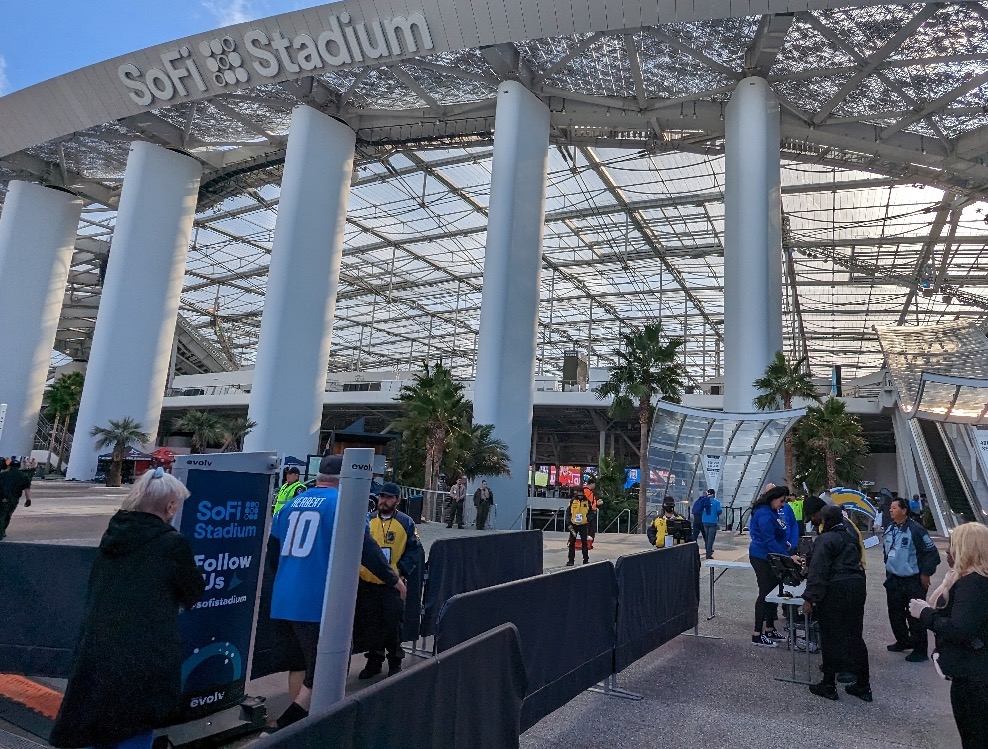
Born a bit from the post-Covid desire to reduce human to human contact, kiosk technology makes a ton of sense in a stadium situation. With a bank of kiosk terminals outside a stand, multiple people can order at once; then instead of waiting for one-by-one fulfillment in a line, people who have ordered (and paid) can simply wait in an area close by the stand, picking up their order when it is ready, most often by seeing their order number displayed on an overhead screen.
While fans will probably always want some kind of stand available with a list of multiple items, many stadiums have added a number of so-called “grab and go” stands, which usually offer a limited number of fan-favorite items. Many of these stands are also taking advantage of new technology like the optical scanners from Mashgin, where fans place items on a platform where cameras “see” what items are there and then total up a bill, which is then paid via an attached card reader.
And then there’s the checkout-free stands, which have simply exploded this fall with new stores announced every week. Using technology from one of three leading companies, a list that includes Zippin, Amazon and AiFi, stadiums are seeing great acceptance by fans who can often get a drink or a snack in seconds. And the stands are adding quickly to the stadiums’ bottom lines, in many places generating revenue from previously empty concourse space.
Like the grab and go stands, some staffing is needed, especially for ID verification for alcohol purchases. But according to concessionaire Delaware North, which has installed a number of such stands at stadiums where it operates, the staffers are more now like ambassadors or concierges, helping fans figure out the new systems in a friendly, helpful way.
New jobs, higher pay?
While stadiums are always going to need stockers, cooks, cleaners and other labor-intensive workers, the time-consuming, brain-numbing tasks of adding up totals or punching or scanning tickets are being quickly replaced by machines that can do those jobs much faster and more accurately.
For most of the stadiums we have talked to, they are quick to point out that they aren’t looking to get rid of staff with more technology — the idea is, you can now take staffers and move them to a different, more interesting (and potentially higher-paying) position, making things better all the way around.




